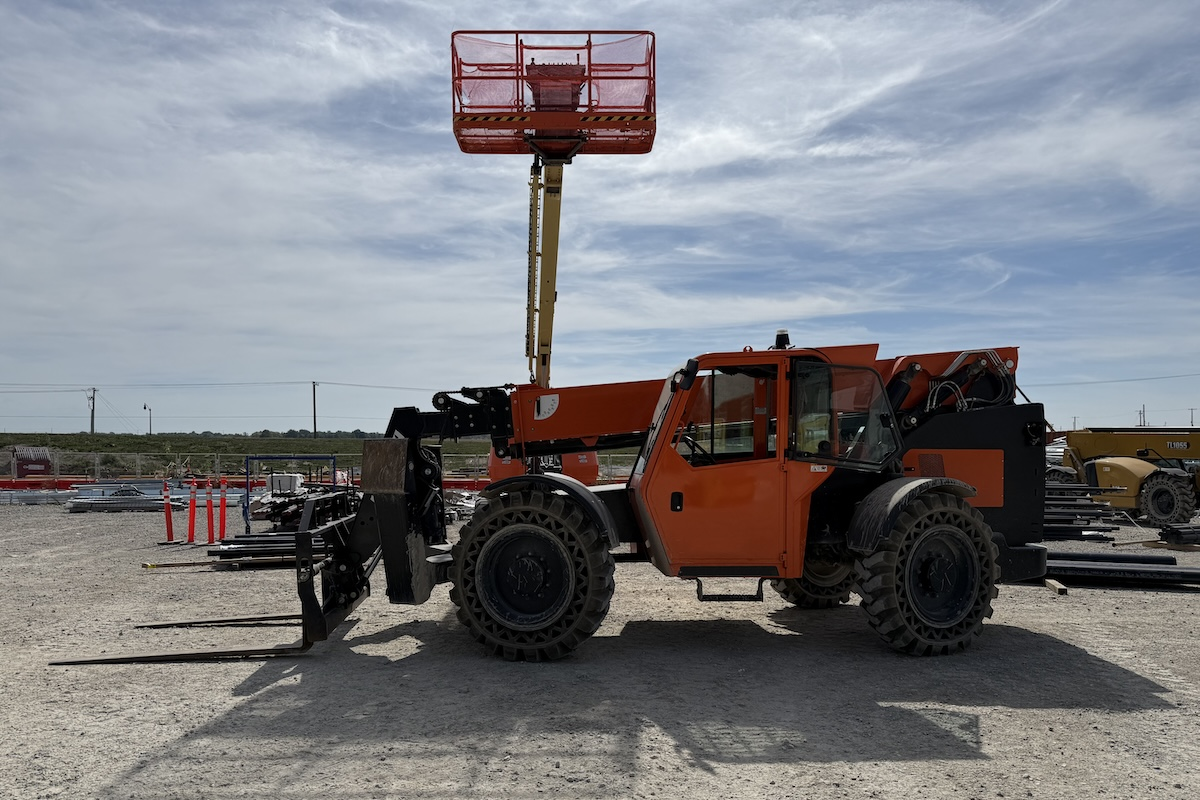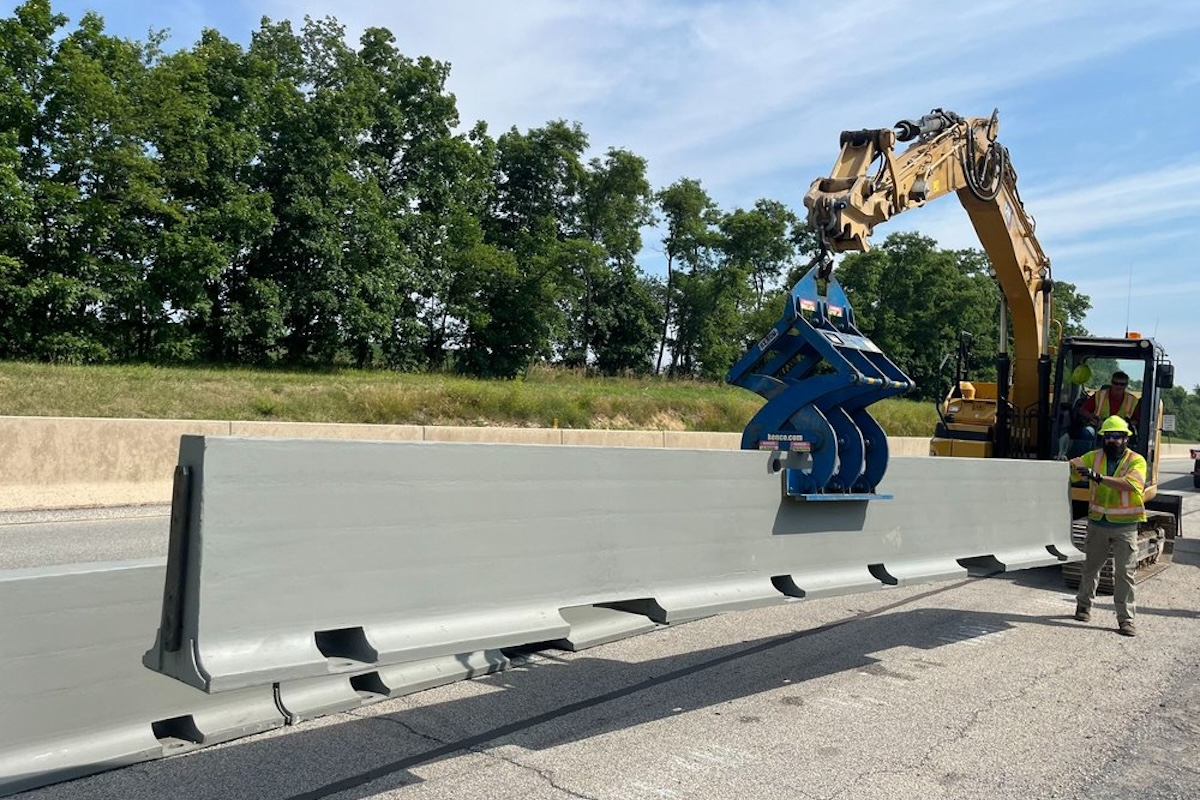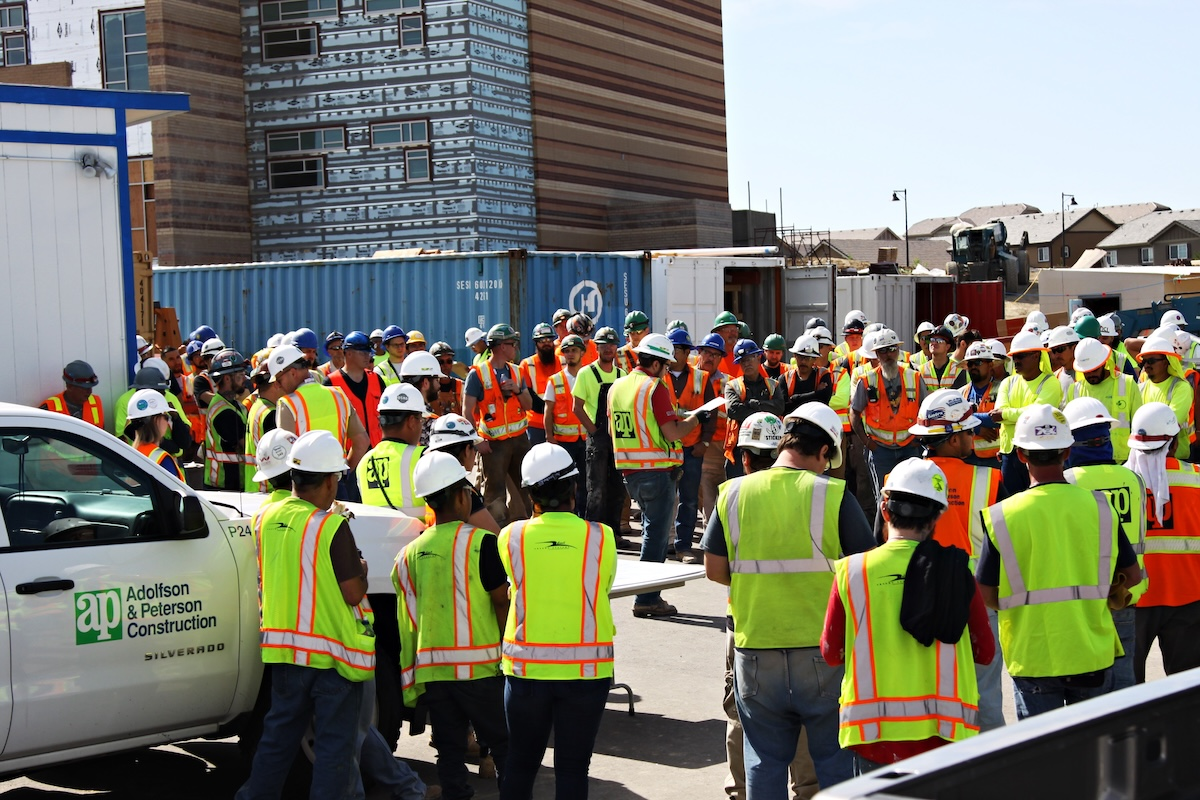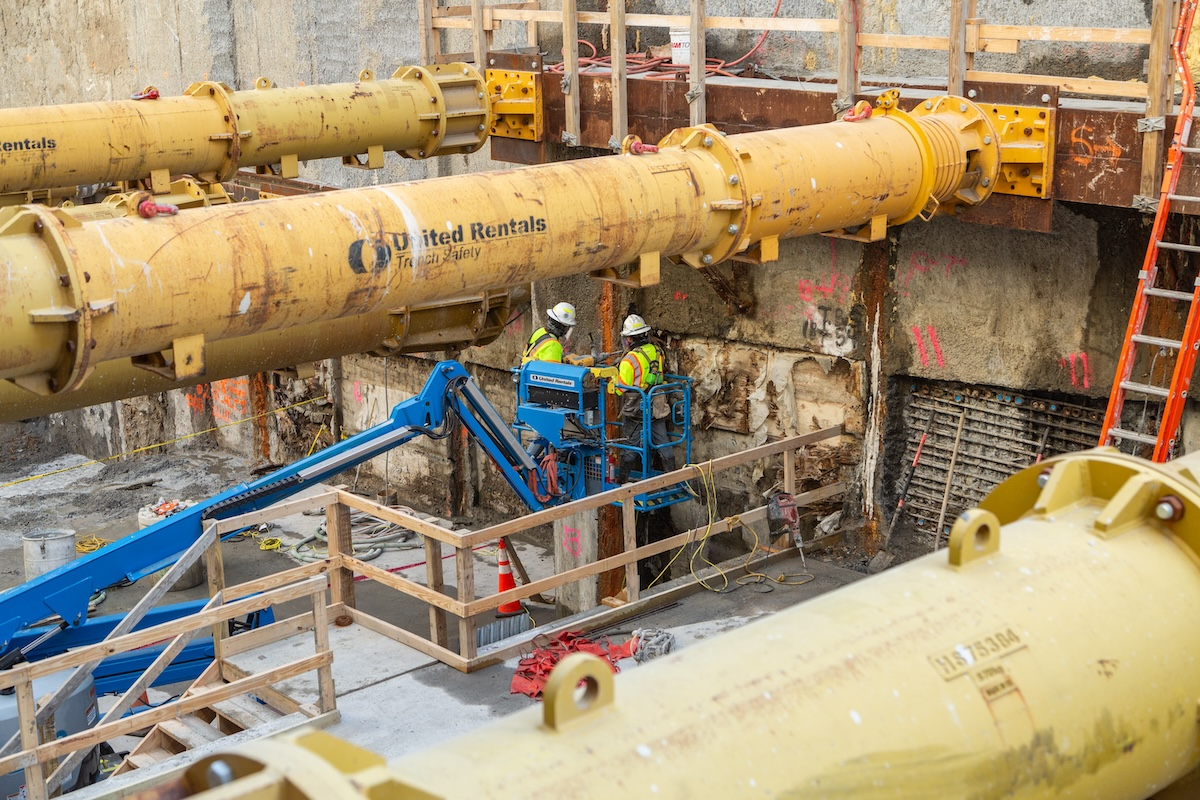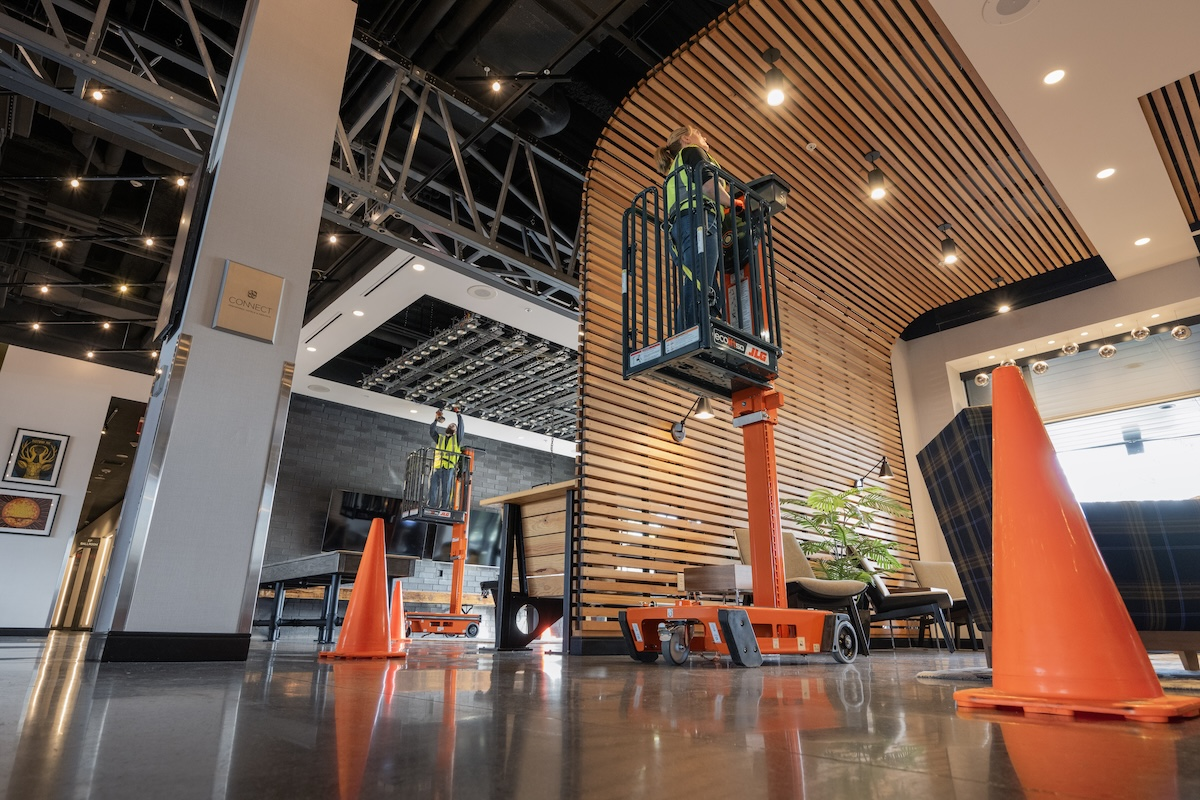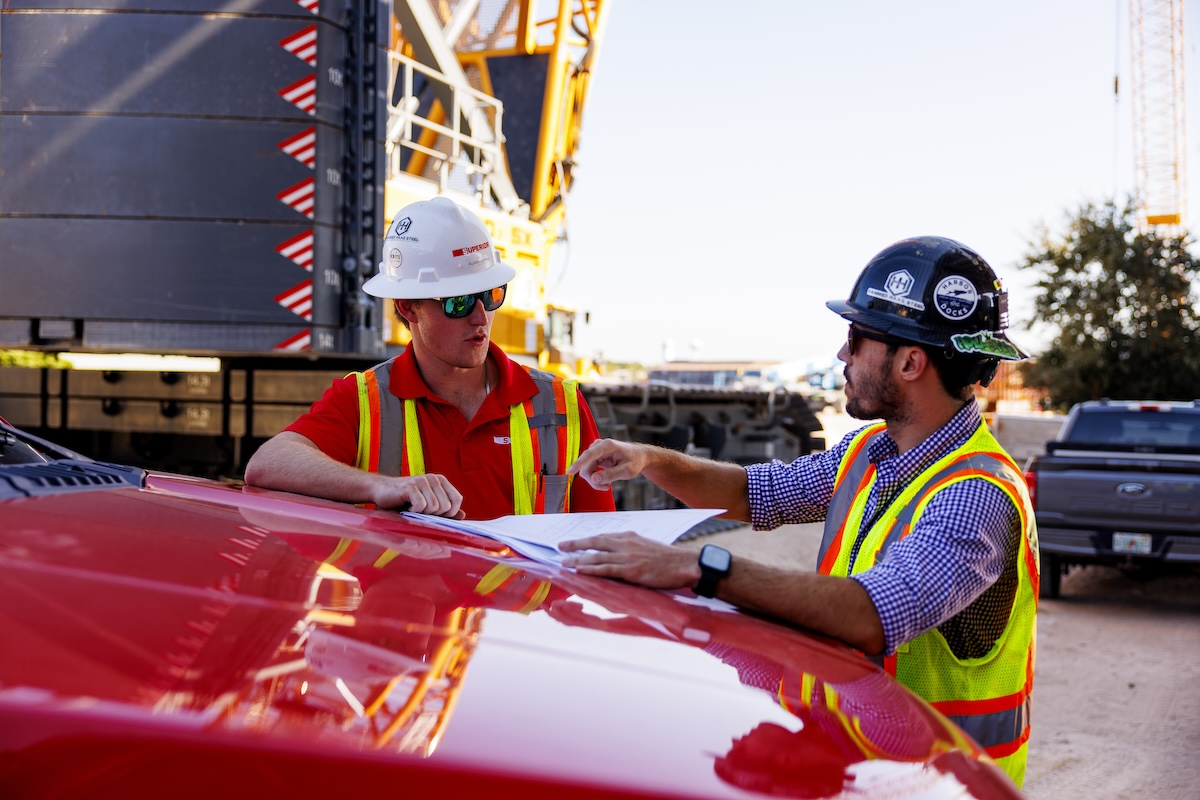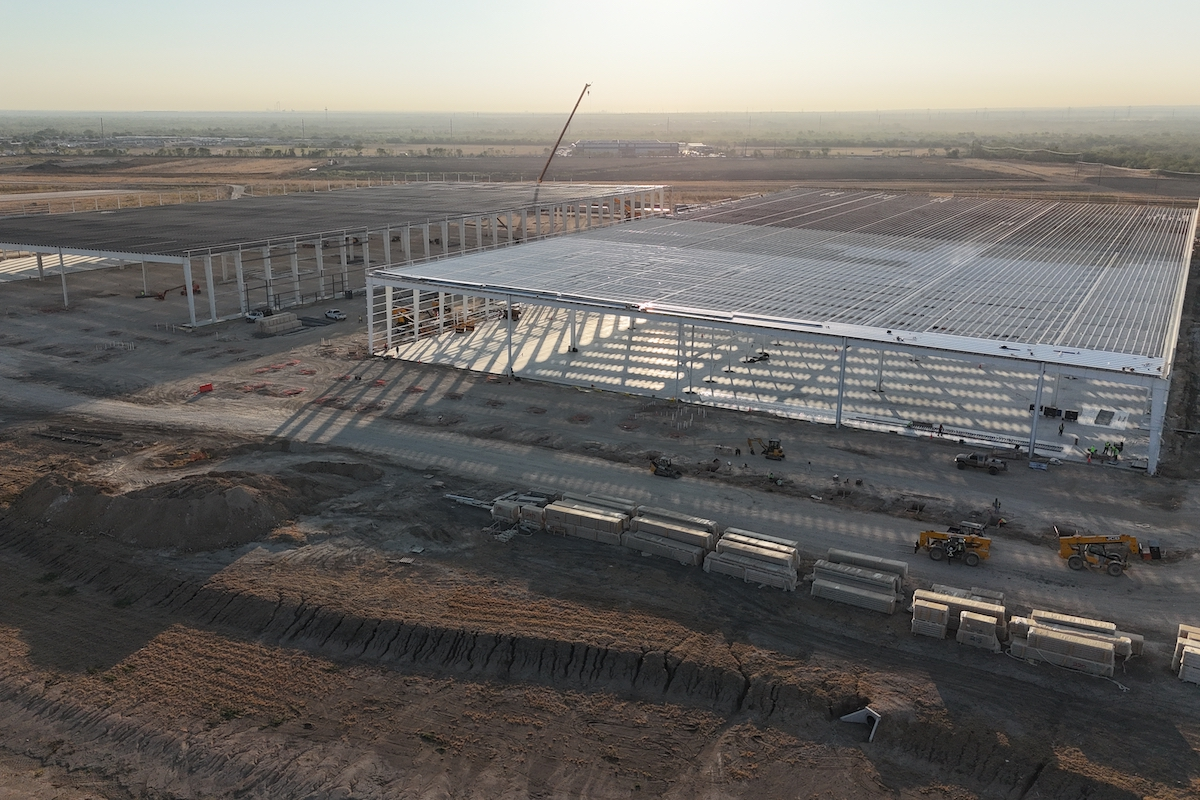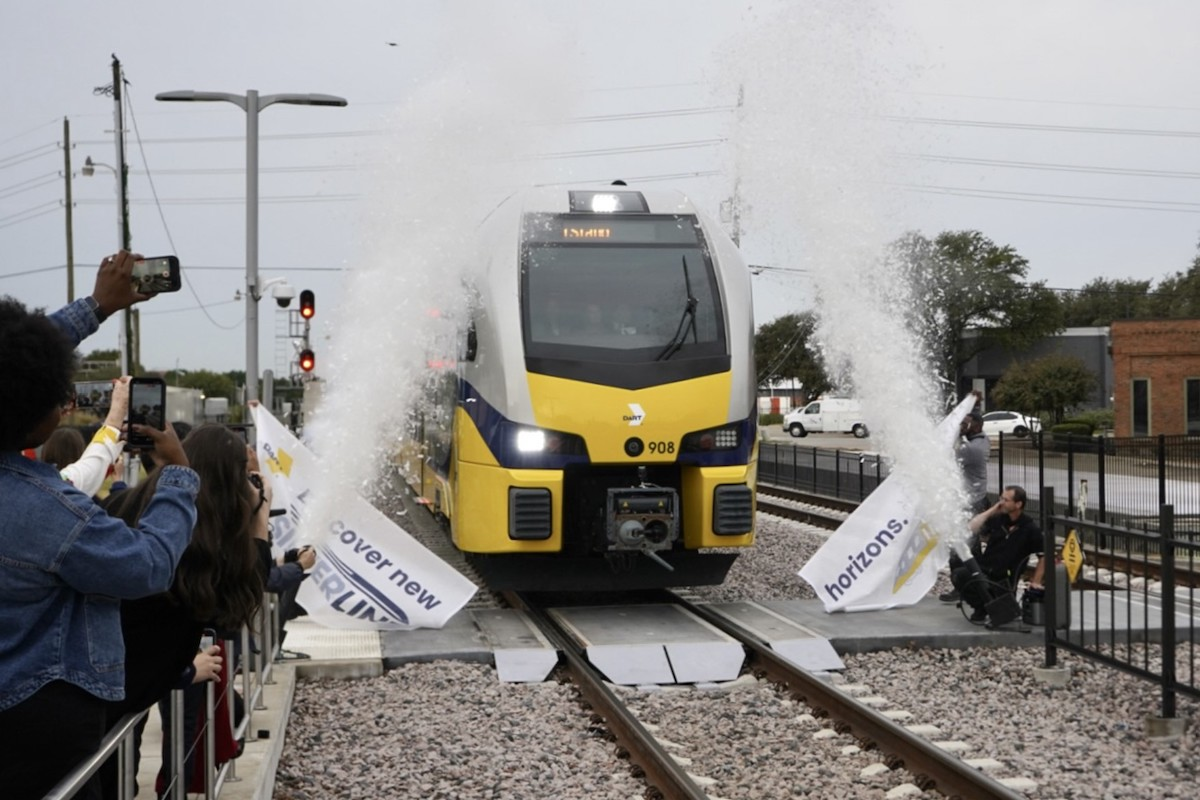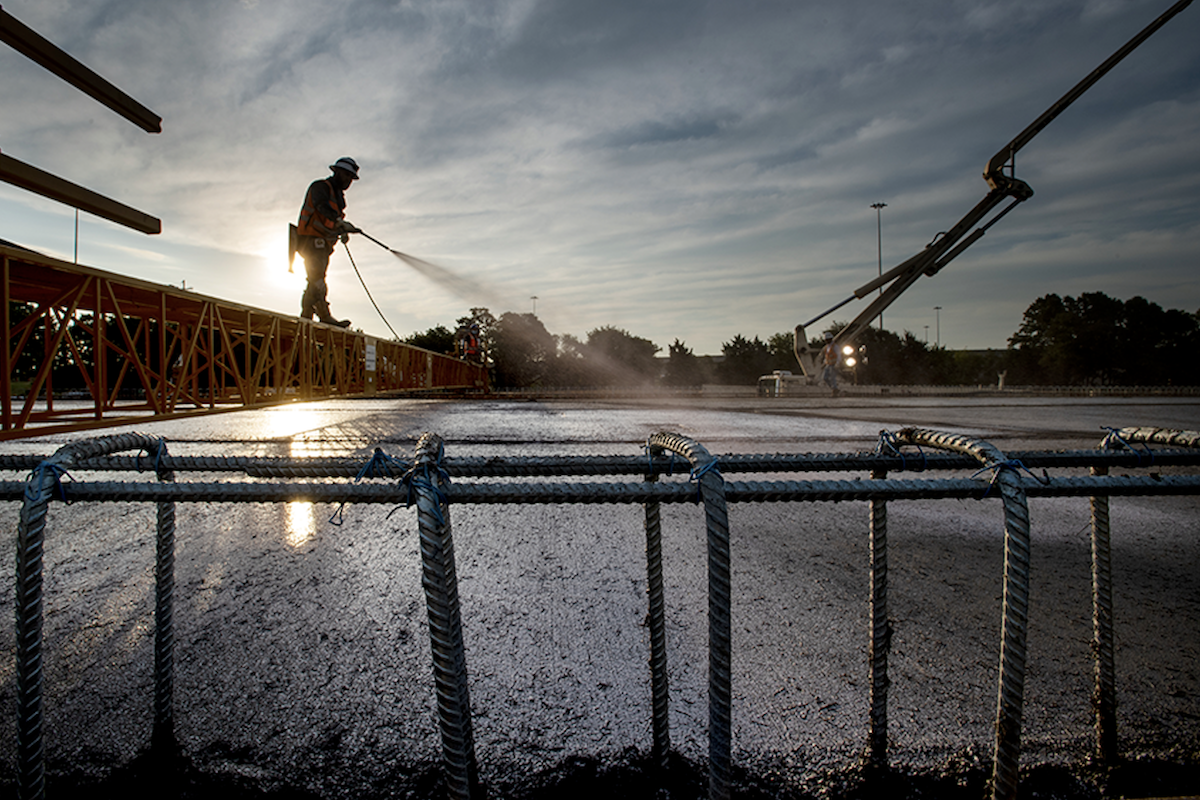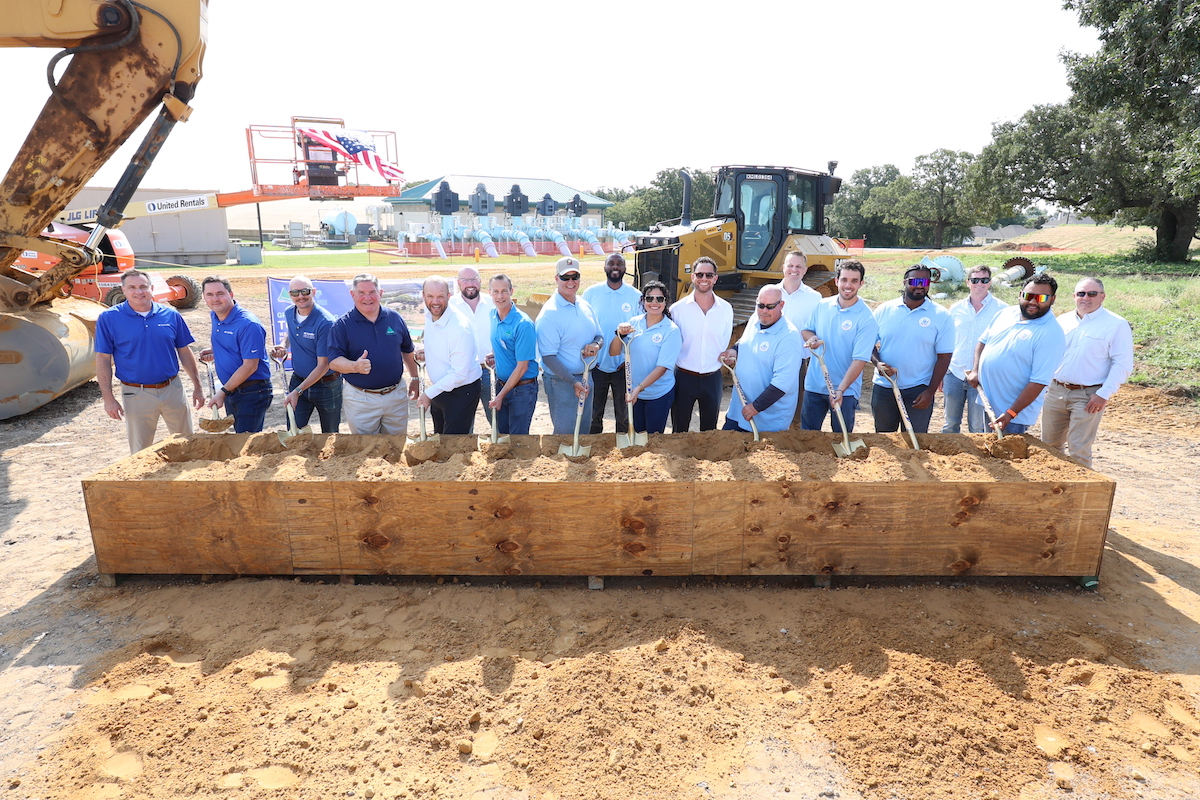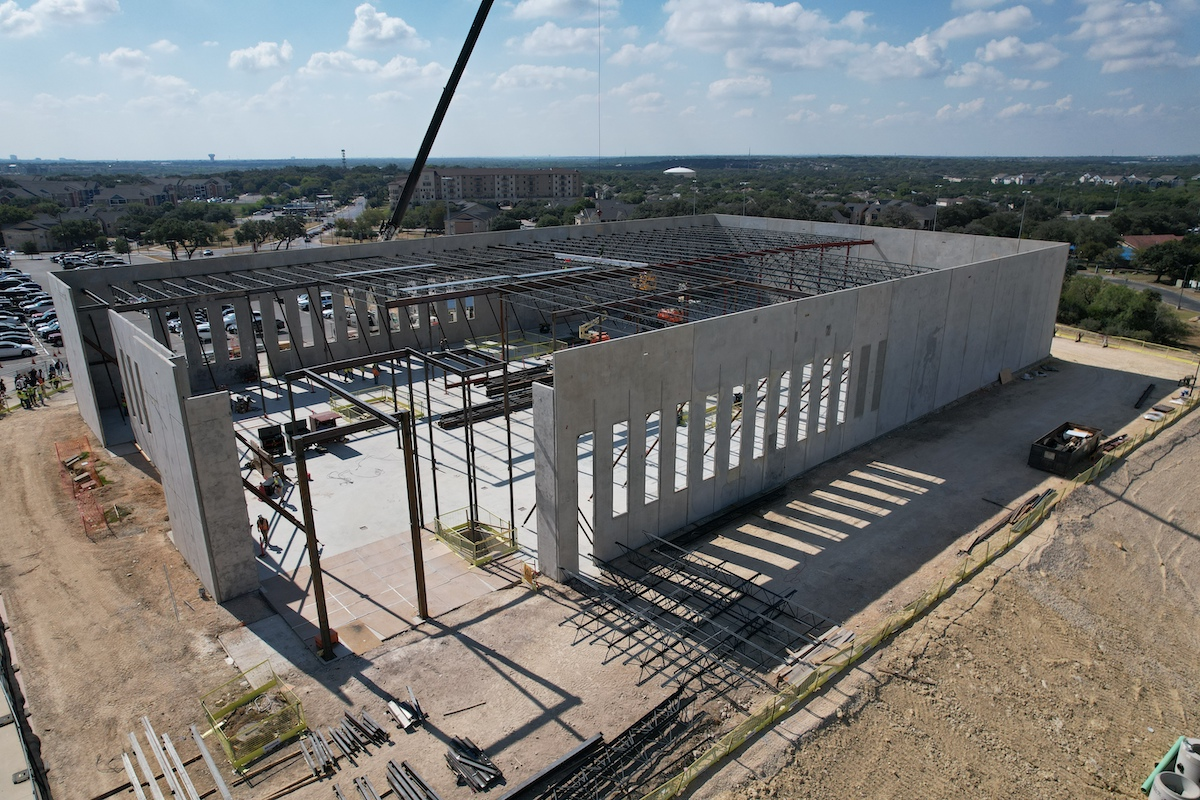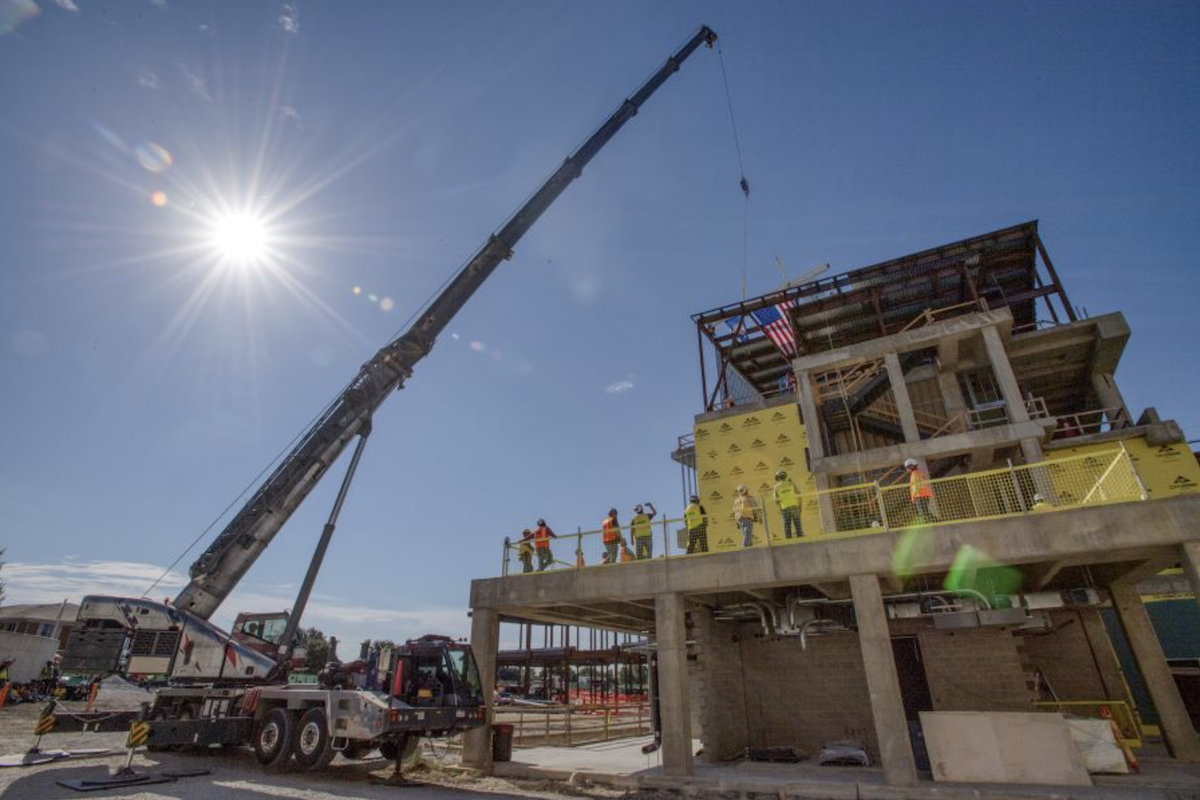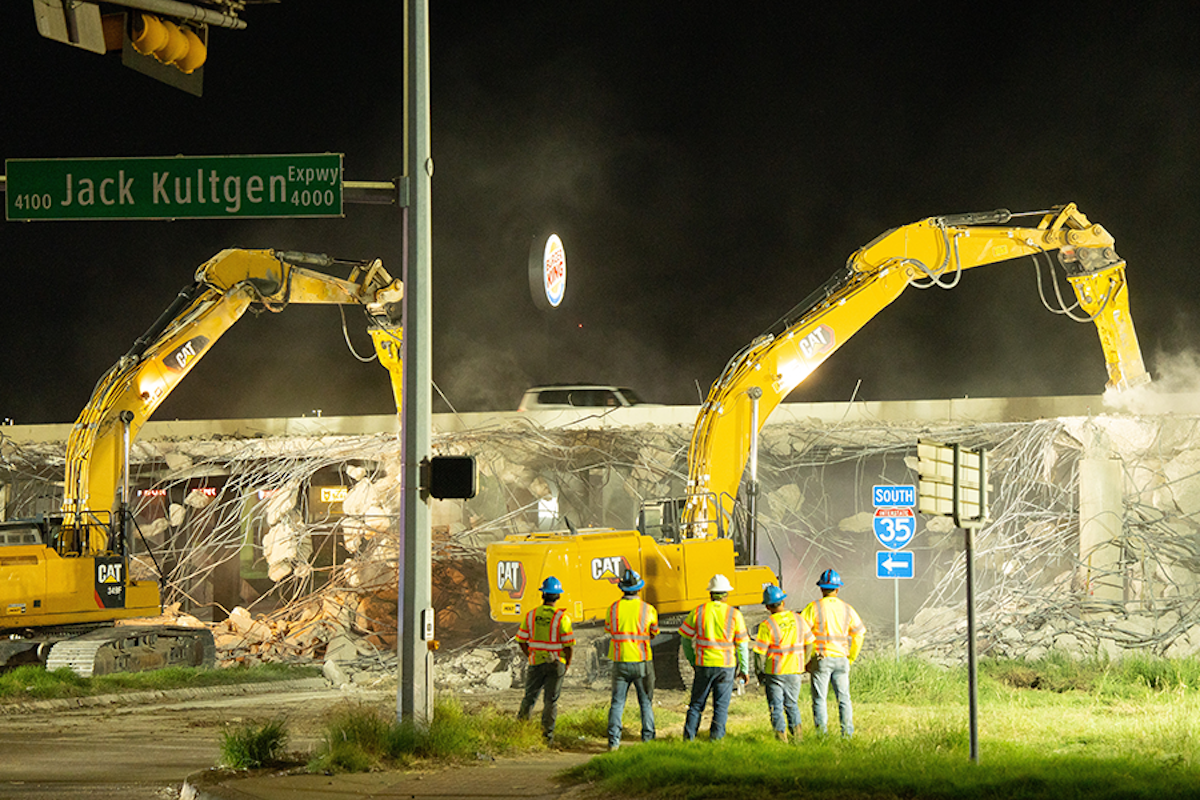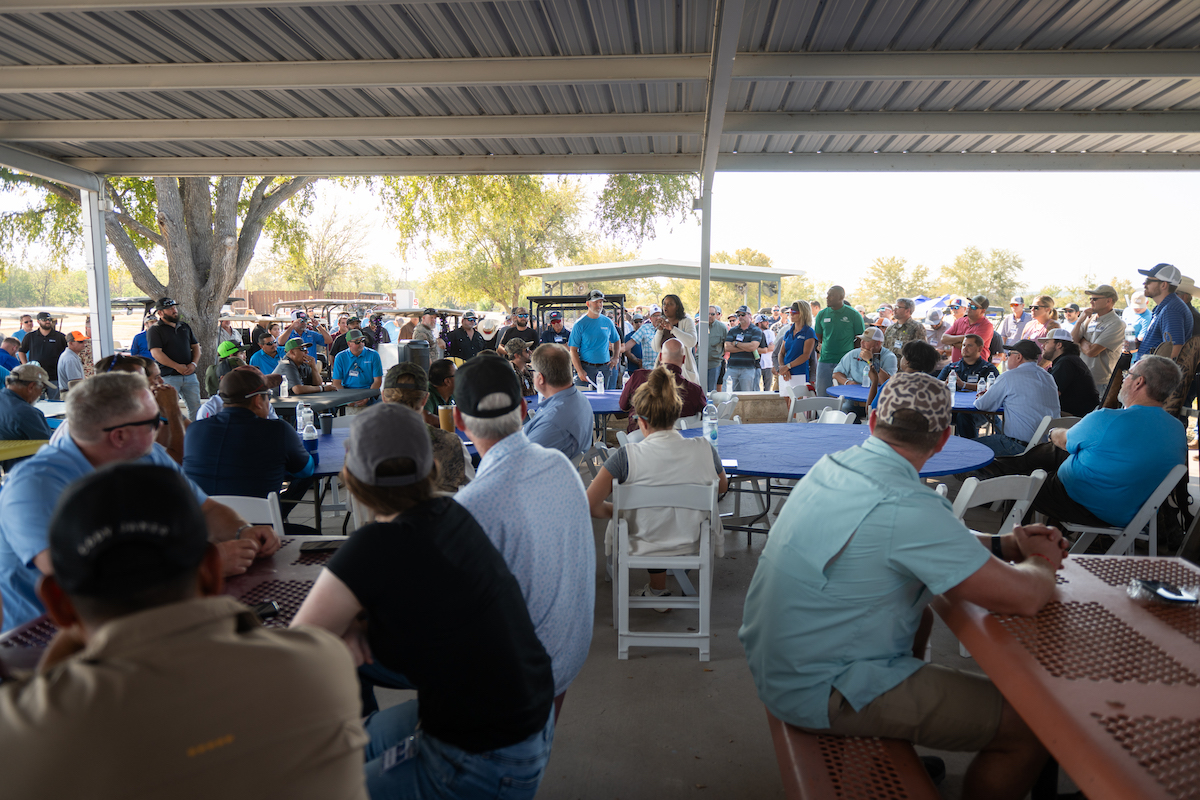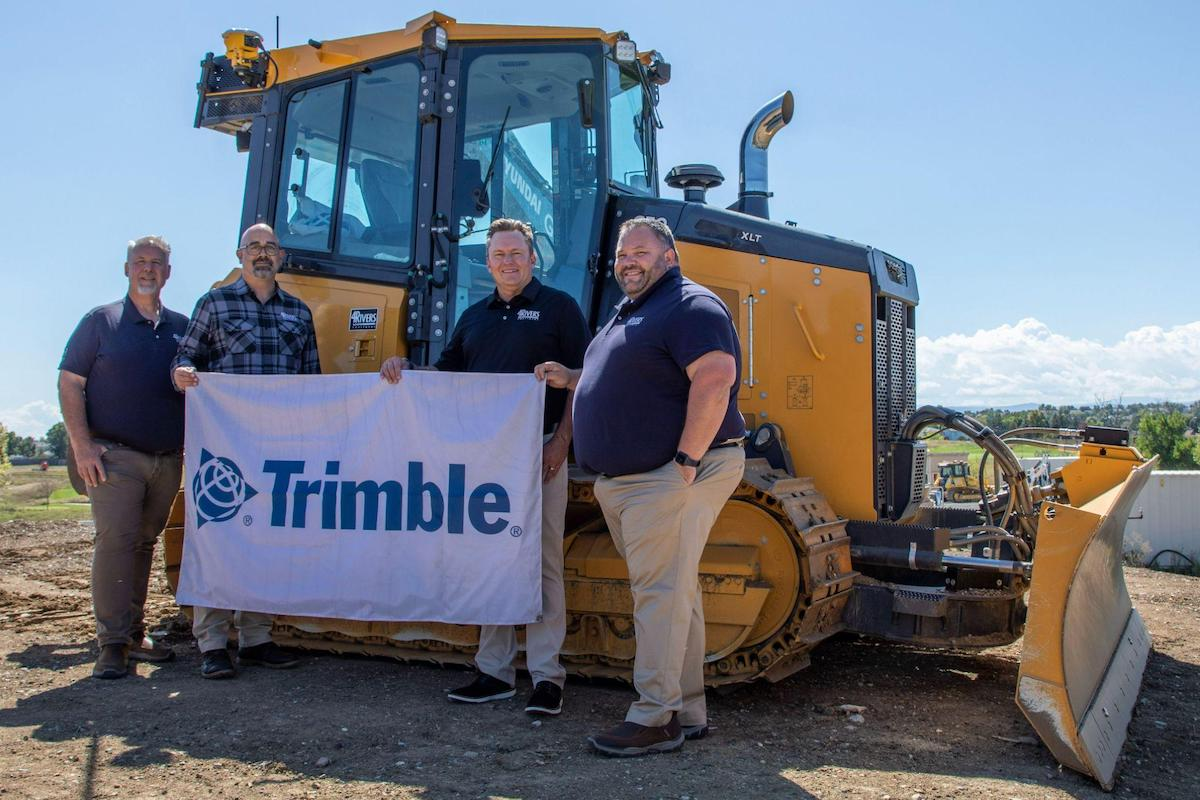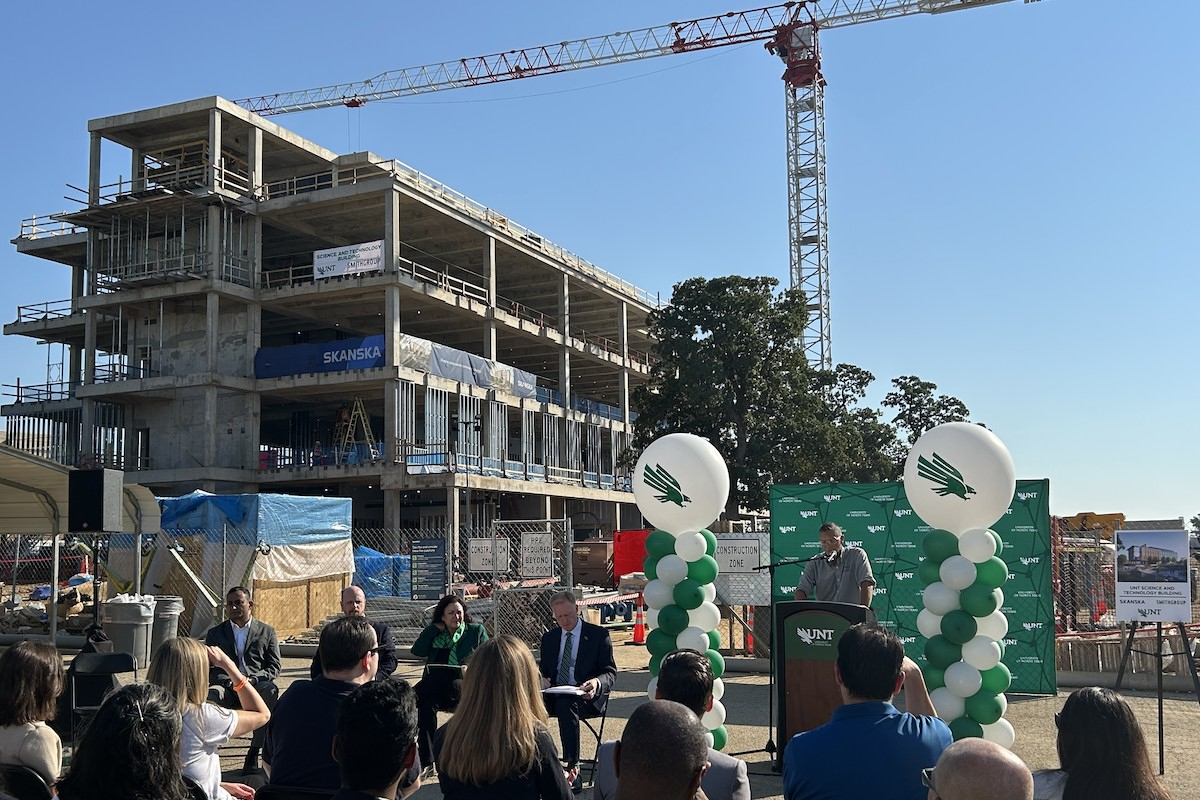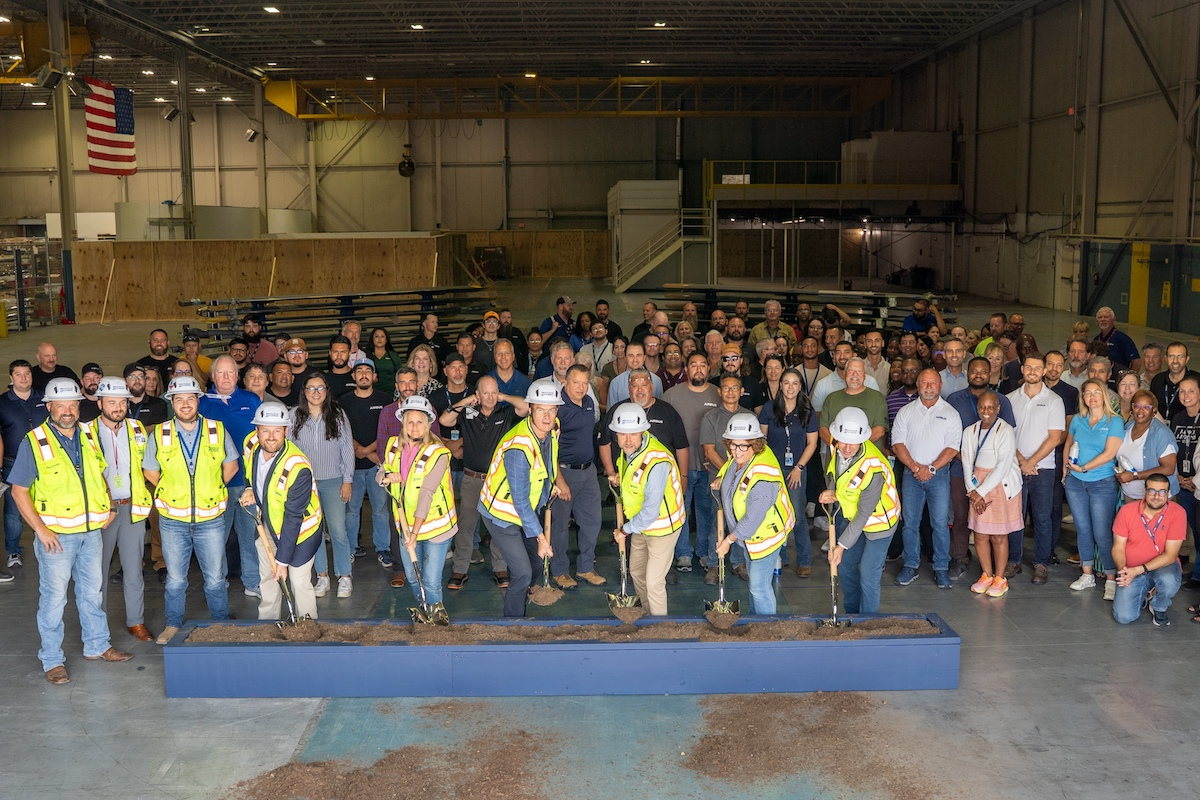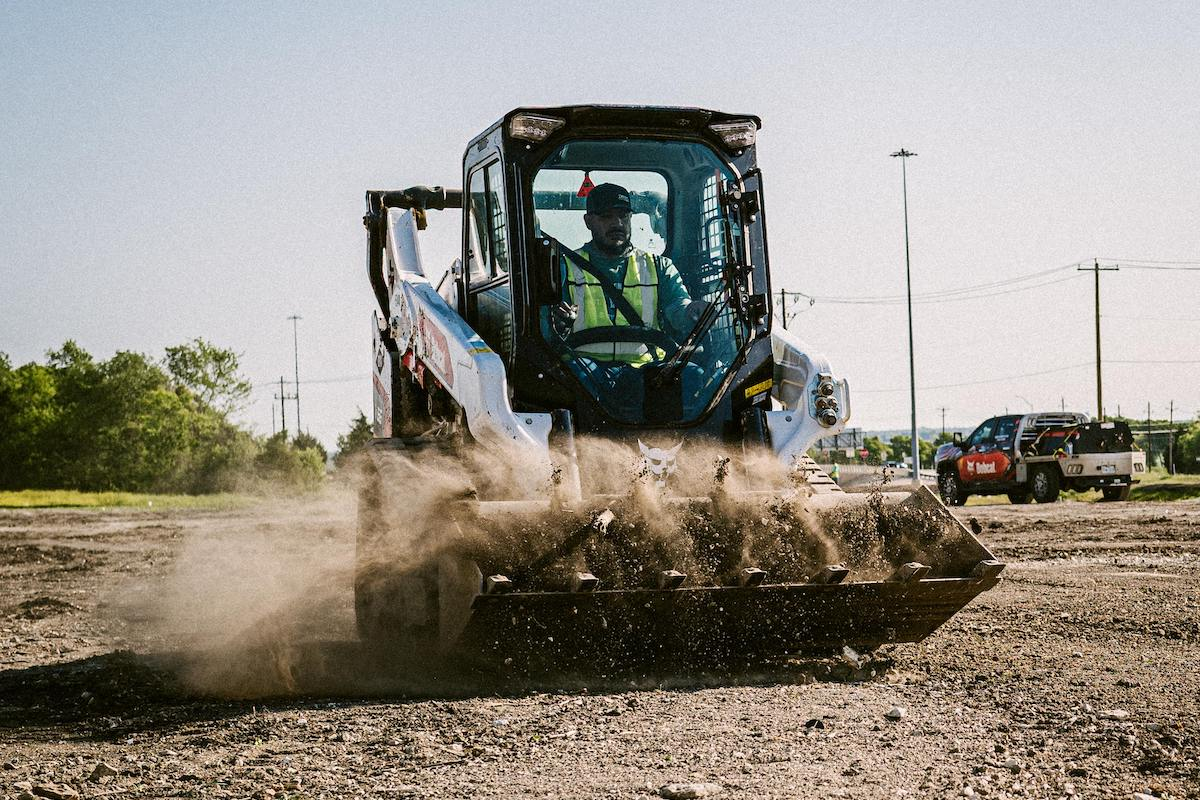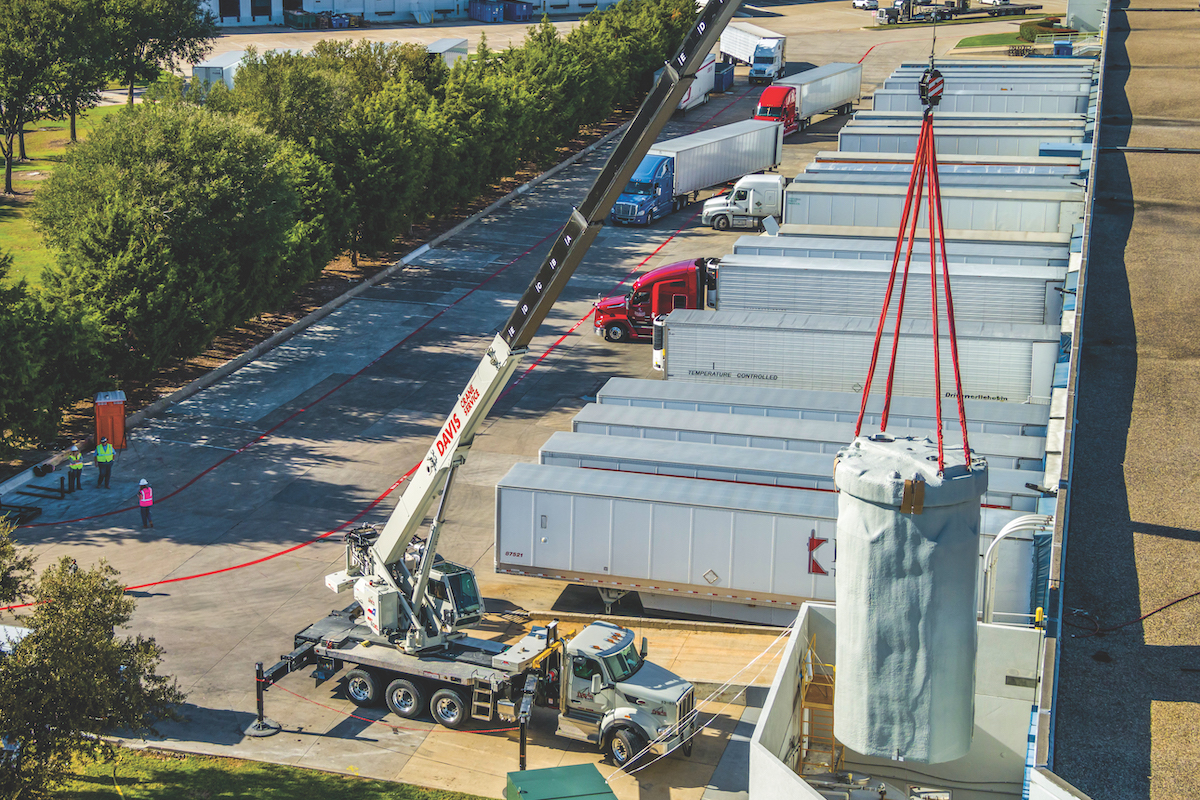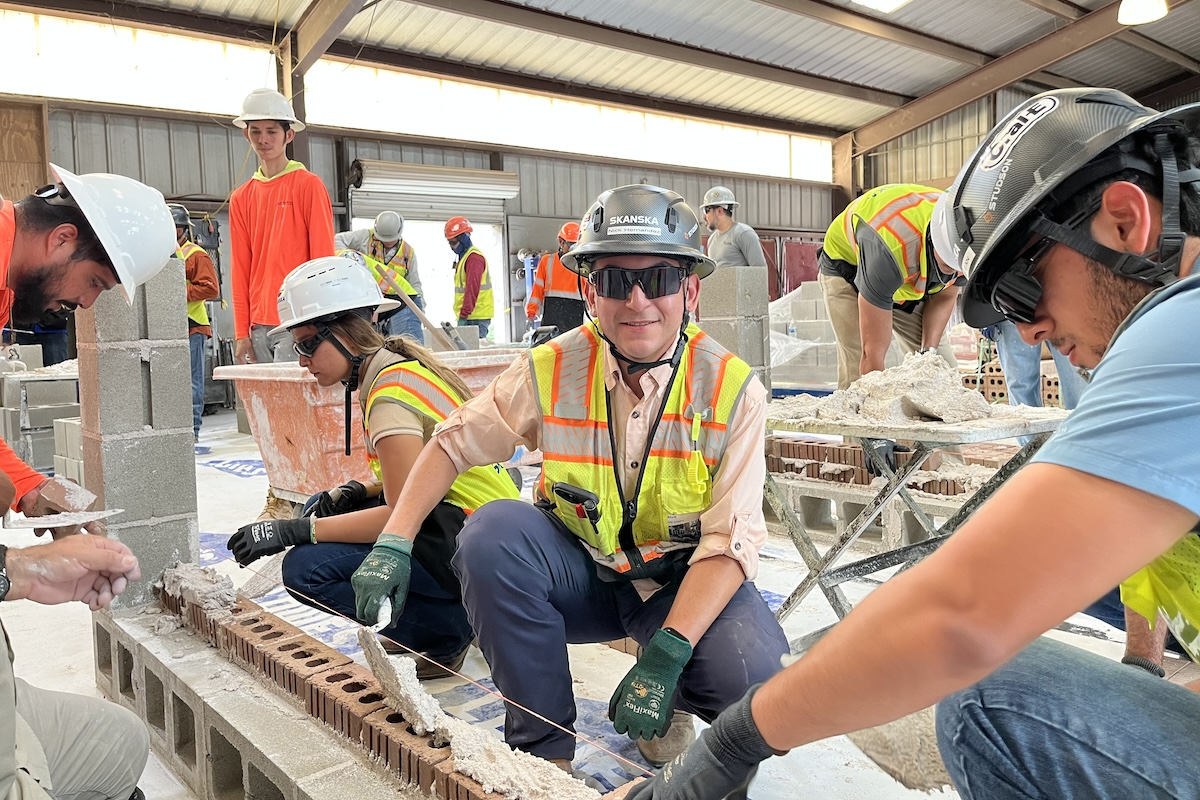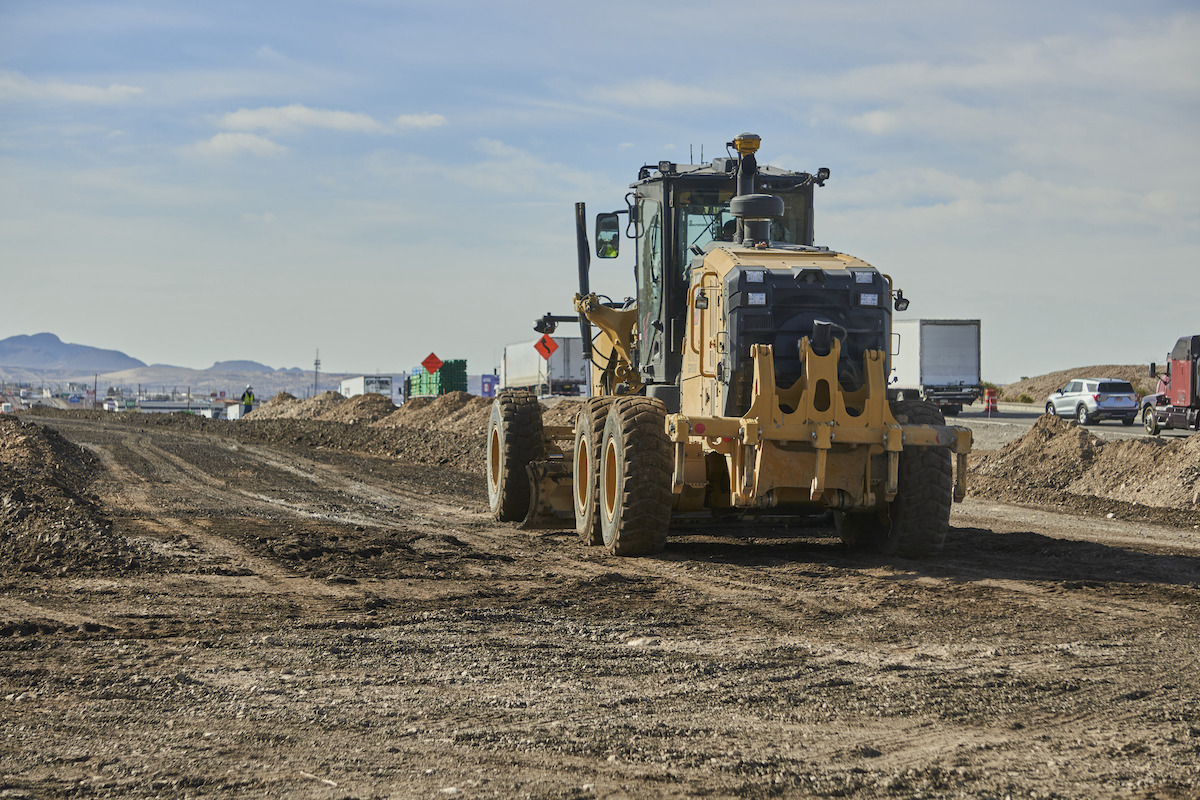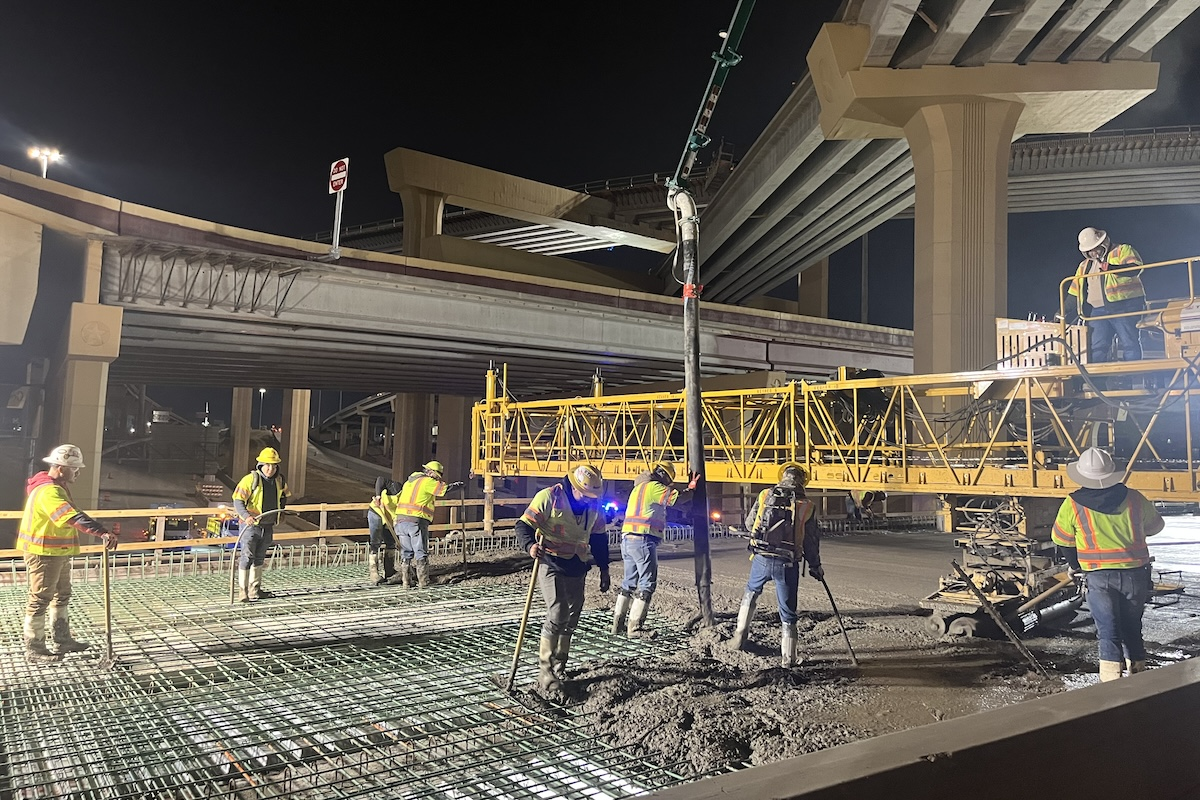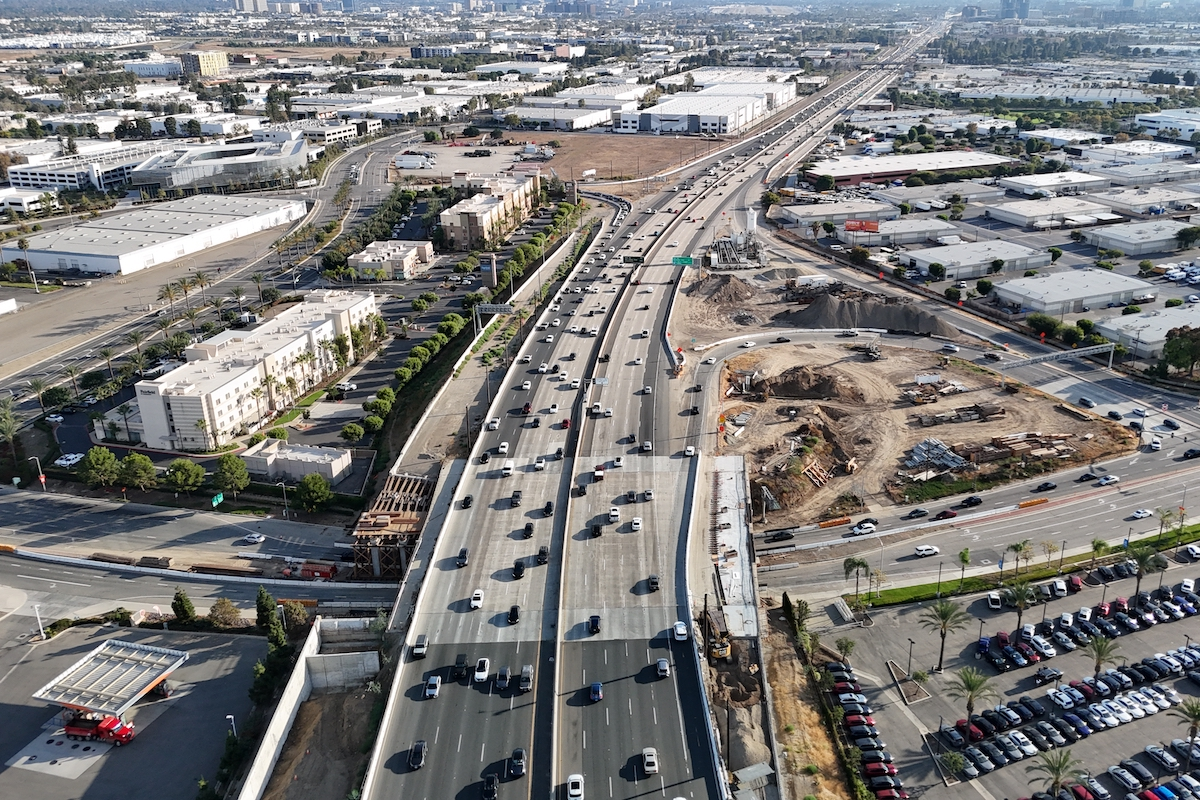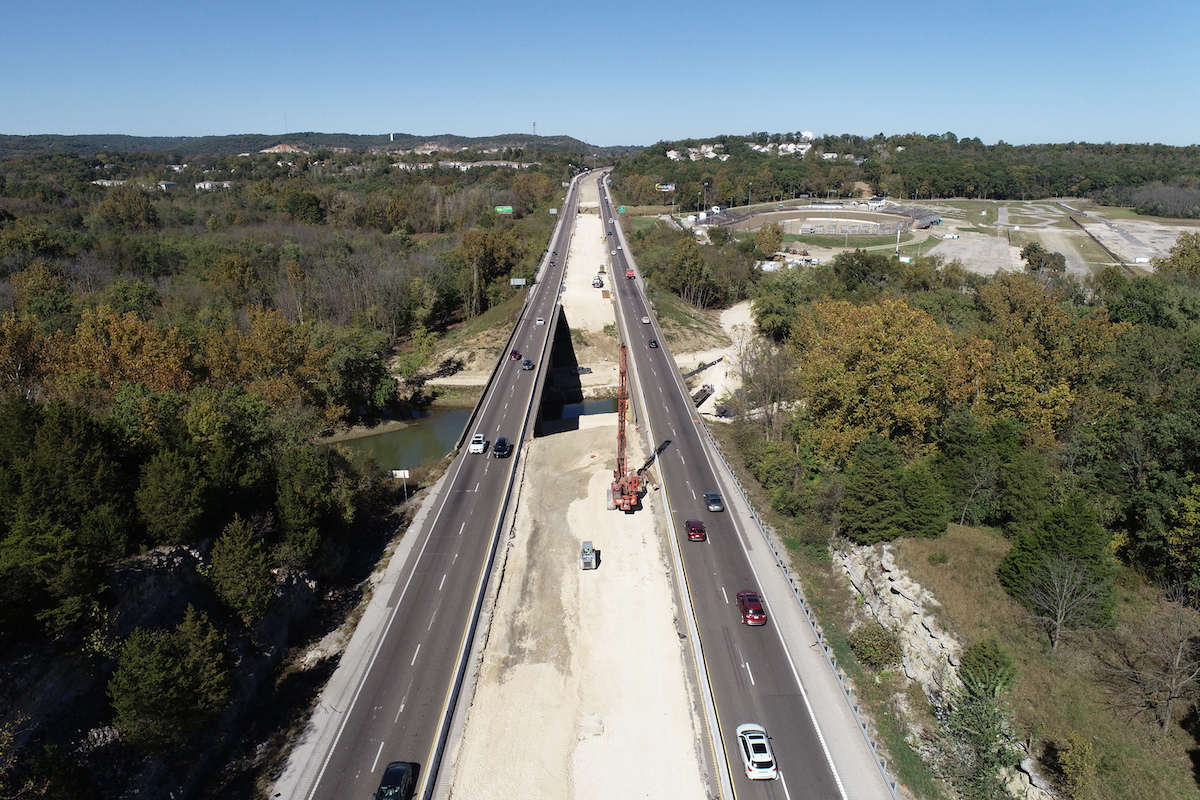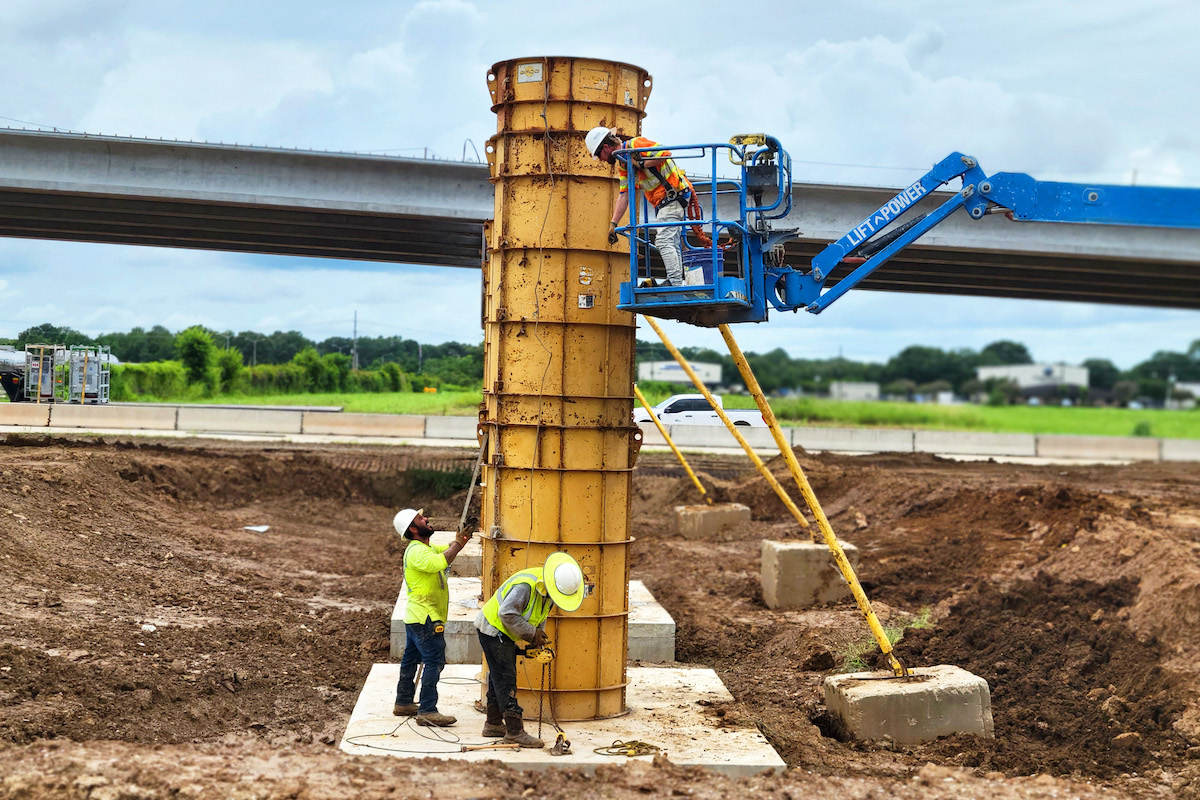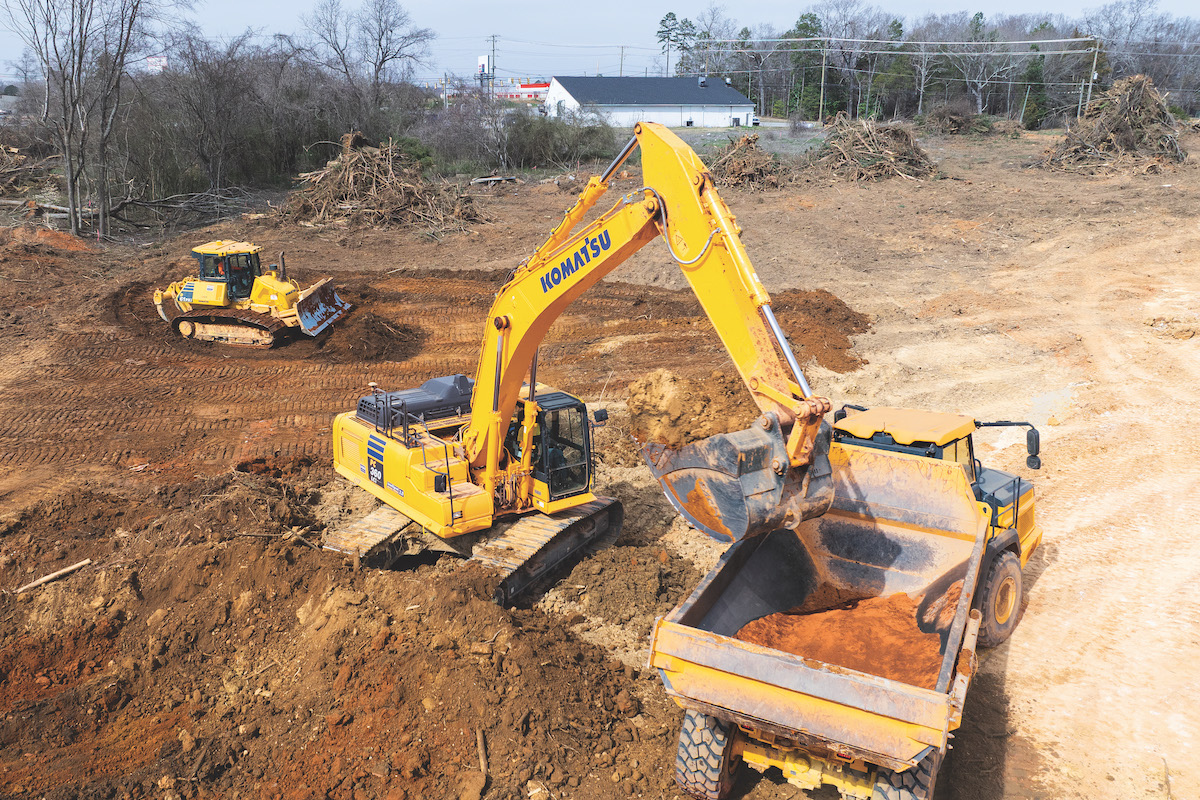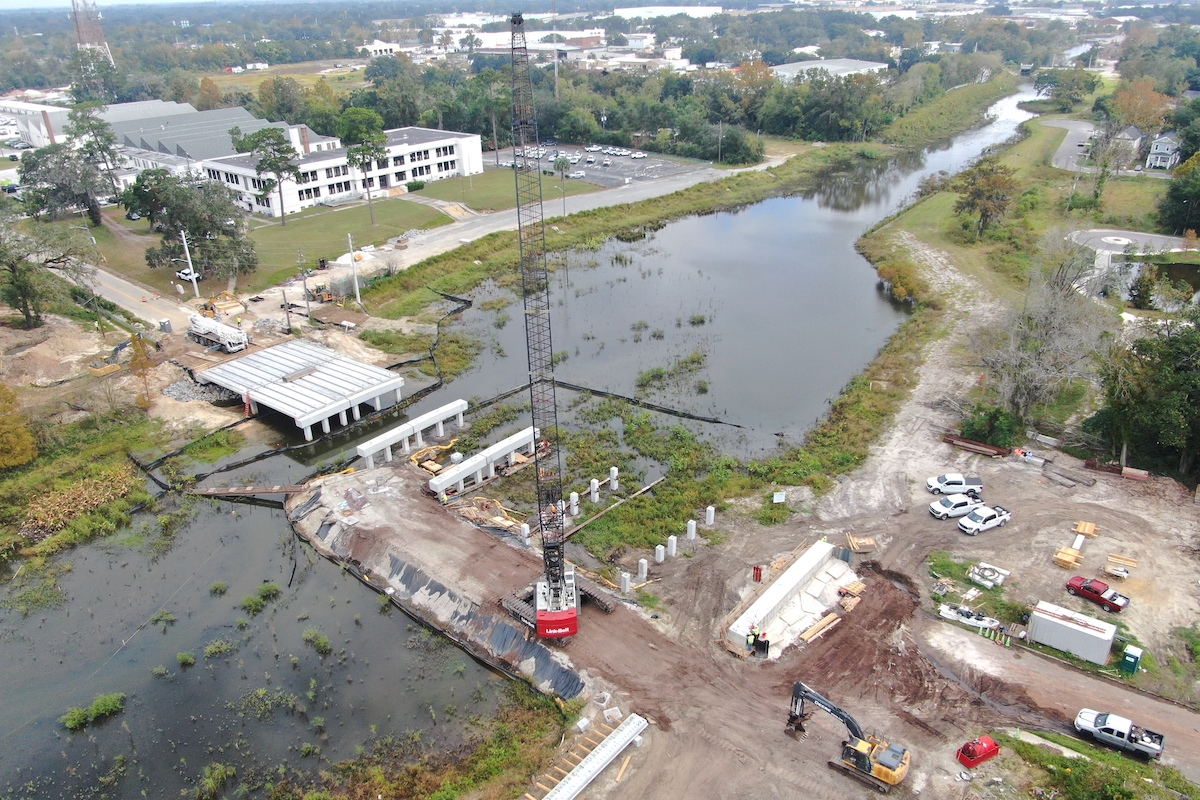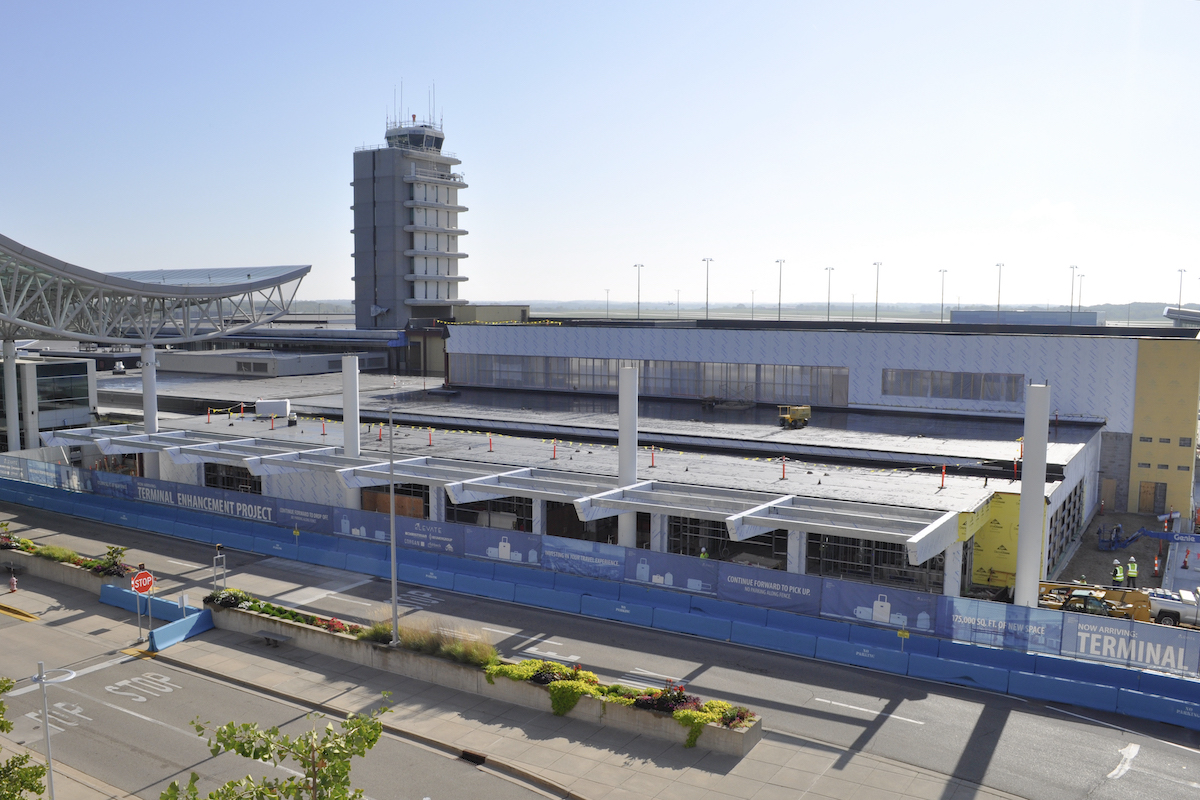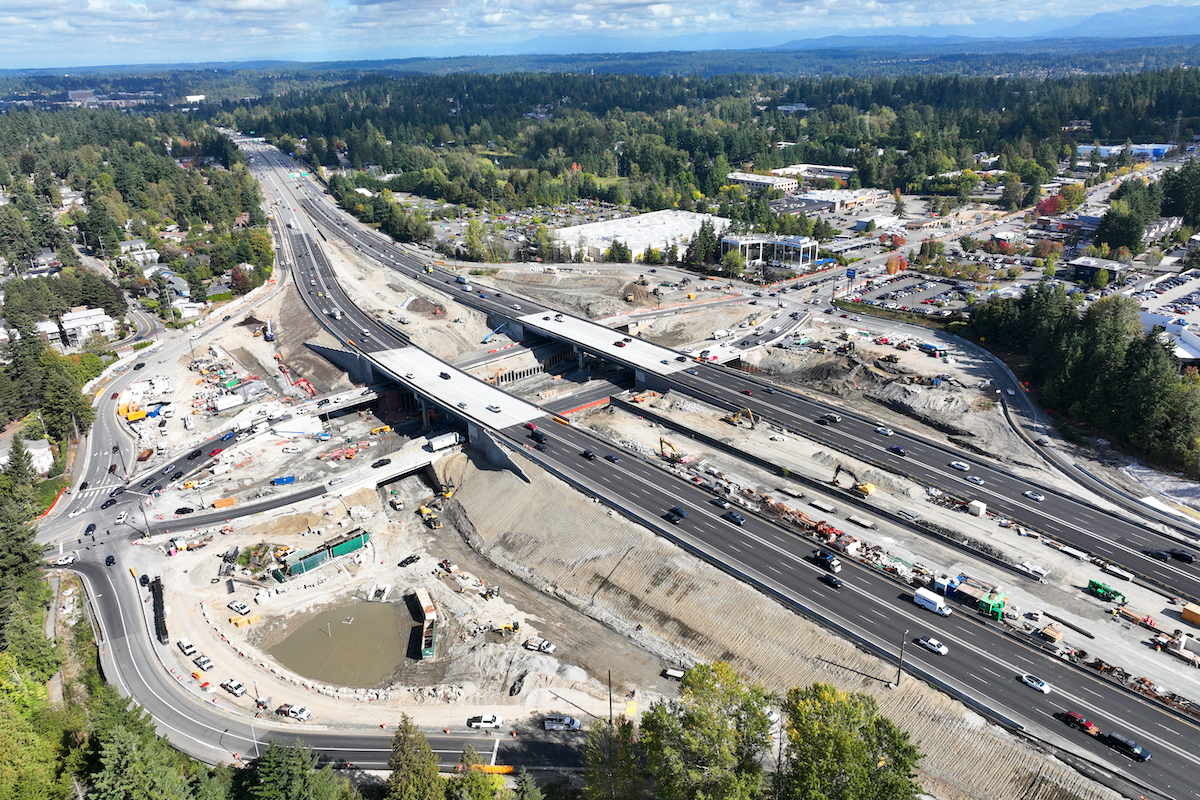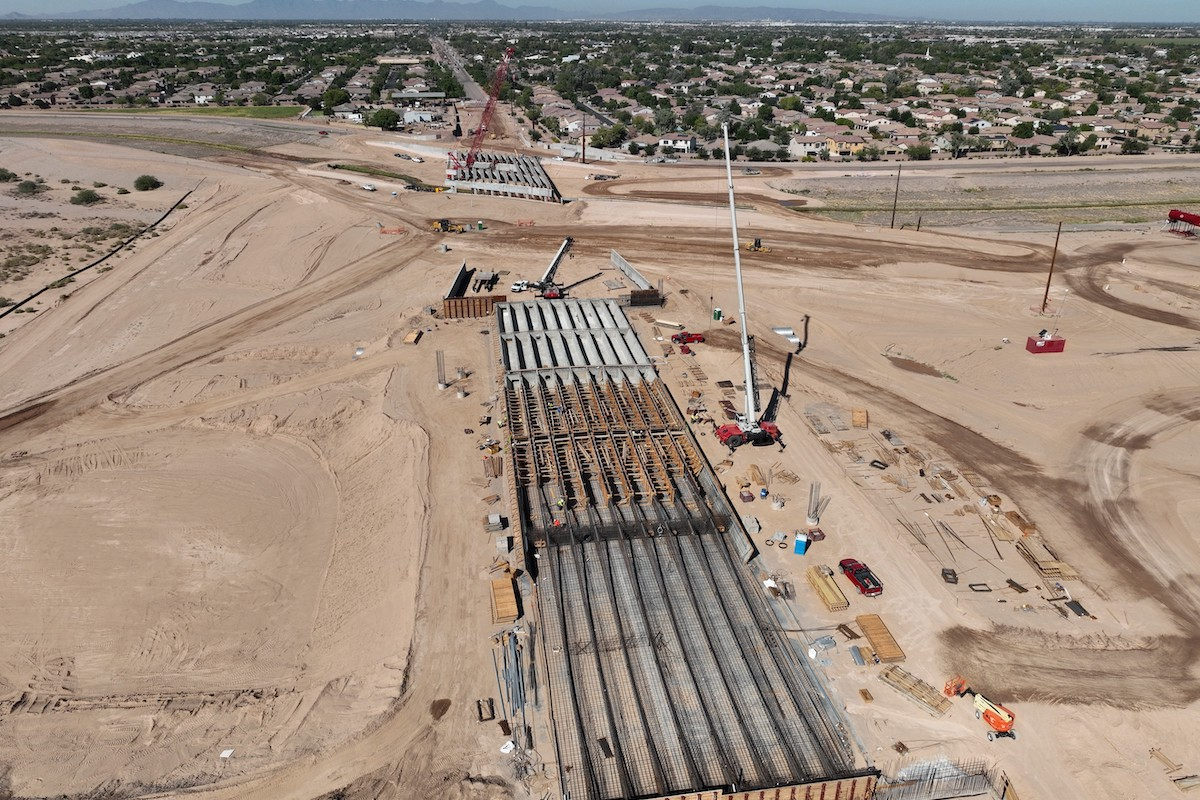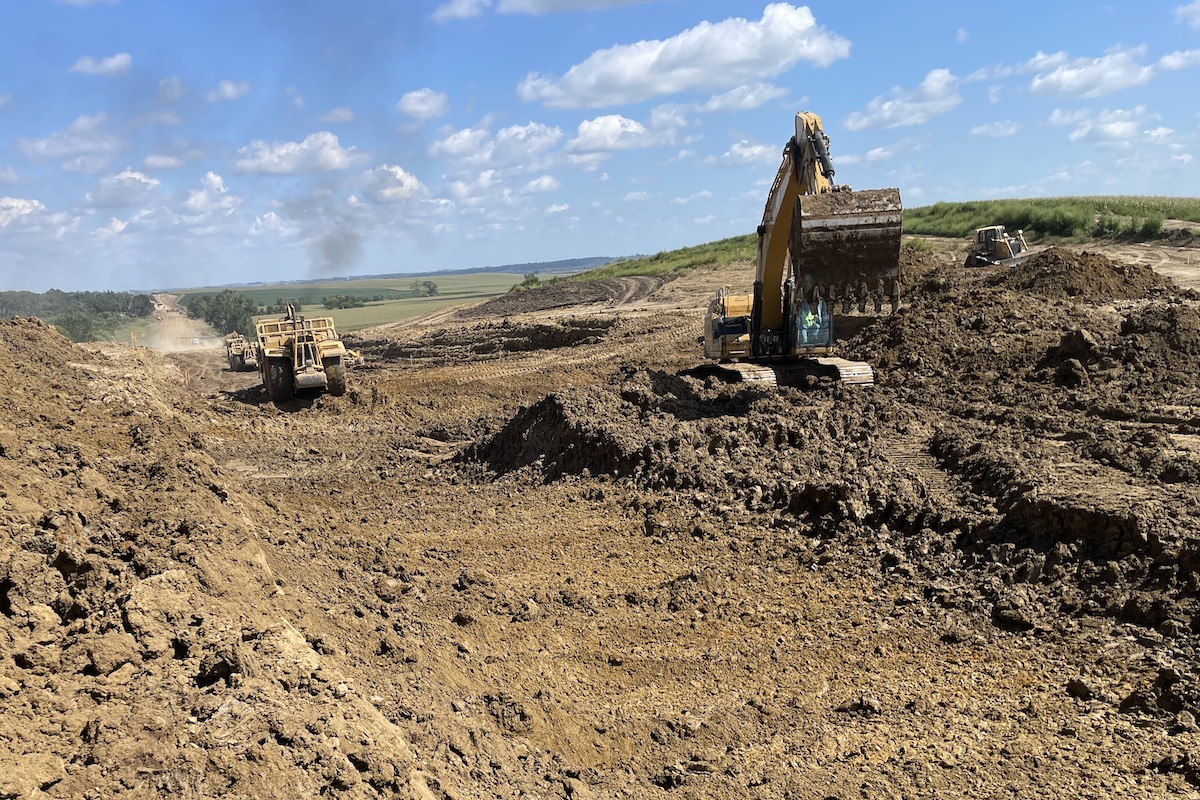Picture this: You were the successful bidder on a state highway project. The project is scheduled to take about two years. Notice to proceed was issued six months ago, you have procured equipment and supplies, your subcontractors are lined up, and work is underway. The project is off to a great start. But a storm is brewing.
A couple days ago you got an email from the project engineer showing “minor” adjustments to the project plans and specifications. On closer inspection, you realize this “minor” update could result in at least three months of delay on the project, and your suppliers have given you a four-week lead time on the materials you need to accomplish the change. You just finished a conference call with the owner and the engineer, where you explained the three-month delay.
The owner’s reply was, “It’s still early. I think you can get it done within the existing schedule. Let’s move forward and see how it works out.” You have a schedule update due next week. What do you do? Do you move forward, hope for the best, and risk being placed in default when the schedule runs over? Do you accelerate the project?
You have just discovered constructive acceleration — where your work may be accelerated without owner acknowledgement. Your next steps could determine your rights related to the time and cost impacts of the delay. Constructive acceleration occurs when the contractor is required to accelerate the project to maintain a project schedule due to project changes, but the time impact of those changes is not acknowledged by the project owner. If the delay is excusable or compensable under the contract, you can preserve a claim for constructive acceleration by showing:
- You have encountered an excusable or compensable delay to the project’s critical path that justifies an extension to the contract time
- You have requested a time extension in compliance with the contract
- The owner wrongfully rejected or ignored your extension request
- The owner gave an express or implied direction to complete the project within the existing schedule
- You gave timely notice of your intent to pursue an acceleration claim
- You accelerated performance and incurred extra costs as a result of the acceleration

| Your local Volvo Construction Equipment dealer |
|---|
| Romco Equipment Co |
One author distilled these six points into the following “essential” elements: the contractor encountered an excusable delay; the owner issued or implied an acceleration order; and the contractor incurred extra costs to accelerate the work.
When you see a constructive acceleration situation develop, the following principles can help you preserve and maintain your claim for extra time and/or compensation for the impending delays:
You can only recover for acceleration damages if the contract qualifies the delay as compensable or excusable. Make sure project leaders and superintendents know the contract terms before starting the project and review delay, change order, and claims provisions before acting on any change.

| Your local Wirtgen America dealer |
|---|
| Kirby-Smith Machinery |
| Nueces Power Equipment |
Compensable or excusable changes in project conditions may be subtle, and the owner may minimize the impact of design/specification changes, especially early in the project.
You won’t get much traction on a claim at the end of a multi-year project that you never called out when you first learned of the delay. Let the owner know about the time impacts of the change as soon as you can via change order request. Follow the contract’s procedures for formal notice of the changes and their possible impacts. If the owner ignores the communications or refuses to issue a change order based on your assessment, confirm the owner’s refusal in writing and provide formal notice of your intent to make a claim for the denied delay and resulting acceleration. Let the owner know you intend to pursue an acceleration claim for the added work required to maintain the schedule.

| Your local Astec dealer |
|---|
| Closner Equipment Co Inc |
You will need to provide suitable back-up for your claim. Put together a time impact analysis. Estimate the possible costs of the change. Either it takes longer, or it will cost more to finish on time. Finishing the project within the existing schedule — if possible — will require hiring additional crews and/or paying overtime to accelerate the work.
Keep calm and work to mitigate the delay.

| Your local Wirtgen America dealer |
|---|
| Kirby-Smith Machinery |
| Nueces Power Equipment |
Keep organized records of:
- In-person and phone conversations related to the change and the resulting delay. Follow up with an email summarizing the discussion to confirm content and owner’s position. Give the owner your assessment of the change’s impact to the project, including need to accelerate to maintain schedule.
- Submit a change order request documenting the change, the delay, and the impact to the project.
- Make and maintain schedule updates in accordance with the contract. Show the impacts of the project change on schedule updates. Describe them in any report that you submit with each monthly impact. If you don’t submit monthly schedule reports, make an exception with this month’s schedule, pointing out the delay(s) added, identifying successor activities that are affected, and explaining how the change(s) will delay the project. Some contractors omit this step in the next schedule update, with the optimism that they might pick up time. The risk here is that if they don’t, their later claim will be critiqued based on their contemporaneous showing that the change didn’t create any delay in the schedule.
- Consider resequencing or other opportunities to mitigate the delays. Present these to the owner for consideration.
- Document the owner’s refusal of the change order request.
- Document verbal or written instructions from the owner related to the schedule and the change (communications that imply acceleration is required to meet the schedule).
- Keep records of the costs required to accelerate the project. If work is pushed into later periods where labor or materials are more expensive, document the incremental added cost. Compute the net change in cost due to acceleration.
Claims for delays are often resolved after the project is completed. At that point, it is too late for the owner to assess the risks of delay and acceleration costs. Early formal notice of the change’s impact on the project schedule and the cost of acceleration through requests for information, change order requests, and claims, allows the owner an opportunity to make priority judgments, including whether completing the project within the existing schedule is important; whether the owner wants a change that will delay project completion; and whether keeping the date and moving forward with the change is worth the risk of paying additional acceleration costs.

| Your local Case Construction Equipment Inc dealer |
|---|
| Nueces Power Equipment |
| ASCO Equipment |
Construction projects change regularly, and misunderstandings abound about how those changes impact the project. A prudent contractor can prevent turmoil at the end of the project by knowing the contract, understanding the impacts of changes, communicating promptly and effectively, submitting timely requests for information, change orders, or claims, and keeping track of the costs and time to complete the work. Your timely communications and systematic documentation will help the owner make important value judgments and will support your claims for more time and compensation.



